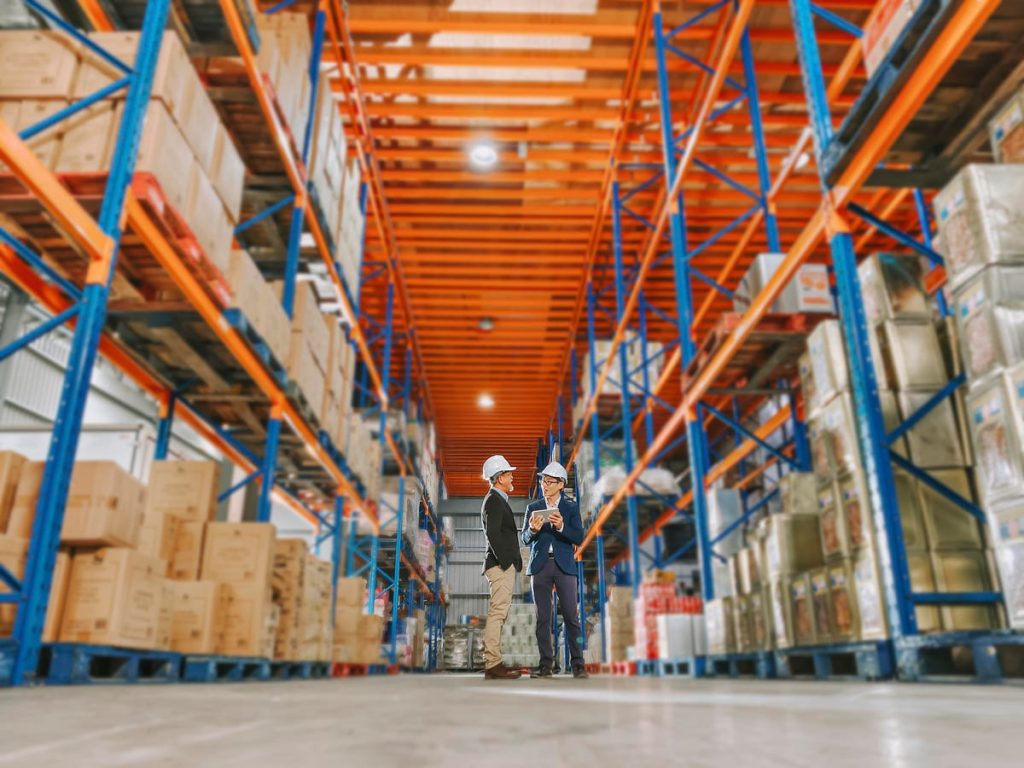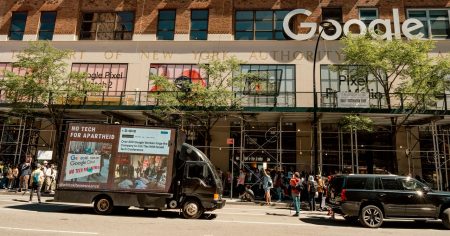Ben Eachus, cofounder and CEO, Flowspace.
Which would you rather have? A bad software platform or a partner that provides poor service? The answer, of course, is neither.
But when it comes to e-commerce fulfillment, I’ve found that there’s a common misconception where merchants believe they have to choose between advanced, tech-led solutions or conventional yet unremarkable third-party logistics (3PL) providers.
Tech-focused providers can oftentimes be too technical, overextending beyond what a brand requires. In my time working with fulfillment management services, I’ve found that the majority of merchants simply don’t need automated warehouses and a gargantuan suite of complicated software. And while local 3PLs may reliably get the job done, many lack the capabilities to scale along with a brand and support them as sales channels proliferate and operational requirements become more strict.
With consumers increasingly demanding rapid delivery and seamless convenience at every commerce touchpoint, a new model for the fulfillment process is imperative to providing an ideal post-purchase experience.
Therefore, modern merchants can look for solutions that combine the best of both worlds: One where sophisticated software meets hands-on service and is capable of meeting the needs of supply chain managers and consumers alike. Here is how to discover and evaluate this balance.
The Three-Legged Stool: Balancing Software, Service, SLAs
I have written in the past about three core components I find most important when it comes to fulfillment. I consider technology, support and performance as a three-legged stool: All are required to achieve a balanced operation.
Therefore, when evaluating any fulfillment company or provider, merchants should consider how these components will be applied in the context of their business and whether it seems like the provider is striking the balance that supports their needs.
1. Software
The cornerstone of efficient fulfillment relies on advanced technology, especially when dealing with multiple fulfillment locations. Integrated software can provide real-time visibility and control for warehouse operators and merchants, enabling better decisions using supply chain data.
2. Service
But technology alone can’t guarantee top-tier fulfillment. Logistics is inherently complex, with real-world challenges. Therefore, I believe that tech-focused partners must prioritize exceptional customer service by building dedicated teams that grasp merchants’ needs, brand specifics and fulfillment intricacies.
3. SLAs
Ultimately, merchants are at the mercy of their providers when it comes to what occurs within the warehouse. Hence, stringent service level agreements (SLAs) with metrics like on-time ship rate, pick accuracy and on-time-in-full (OTIF) delivery are instrumental in ensuring peak performance and fulfillment excellence.
Ensuring Efficiency In The Real World
Even with sophisticated software and real-time visibility, the physical movement of goods is a complicated and challenging endeavor. This is especially true when a merchant’s fulfillment partner is utilizing multiple, distributed fulfillment locations in order to maximize efficiencies like shipping costs and time to delivery.
Industry research, along with analysis from my company’s network optimization algorithm, has shown that a business needs a minimum of three fulfillment centers to offer consistent two-day delivery nationwide (via ground shipping). For one-day delivery, a business needs at least 11 fulfillment centers to reach about 90% of the U.S. population.
To ensure top-quality performance when fulfilling from multiple locations, rigorous vetting of warehouse partners and constant SLA monitoring is necessary. A single contract between a fulfillment partner and a brand can facilitate this process, making it far easier to do business without the need for multiple negotiations and ongoing vendor management.
I also find it imperative that a networked model be coupled with operational support to ensure excellent outcomes. It’s not enough for a fulfillment provider to act as a matchmaker; merchants must also make sure they have access to experienced customer support and an integrated software layer available to all parties in order to best orchestrate these relationships.
You Can’t Have SaaS Without Service
A best-in-class fulfillment partner will be able to point to tangible examples that showcase its ability to scale along with its brand customers, capable of supporting their growth and evolving operational requirements.
Most importantly, the right provider should recognize the importance of both technological innovation and human expertise, unlocking powerful advantages for merchants without sacrificing the core performance that drives success.
Forbes Business Council is the foremost growth and networking organization for business owners and leaders. Do I qualify?
Read the full article here









